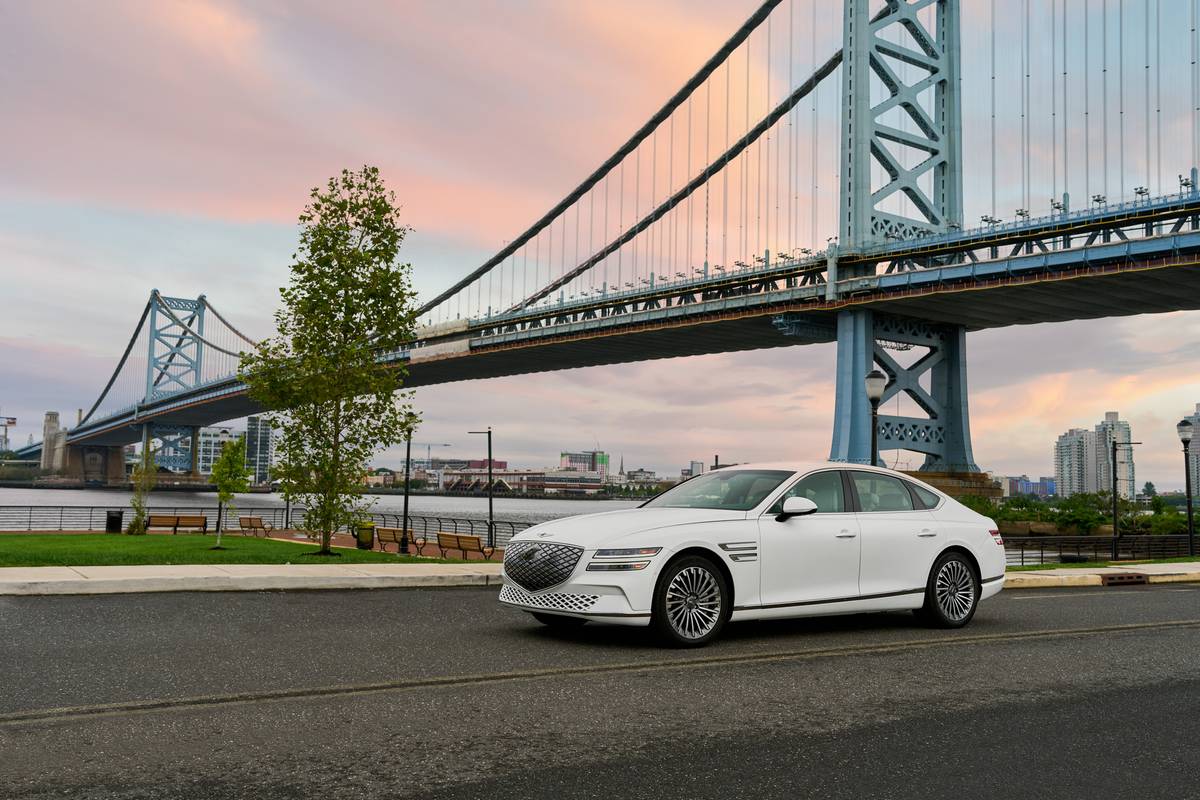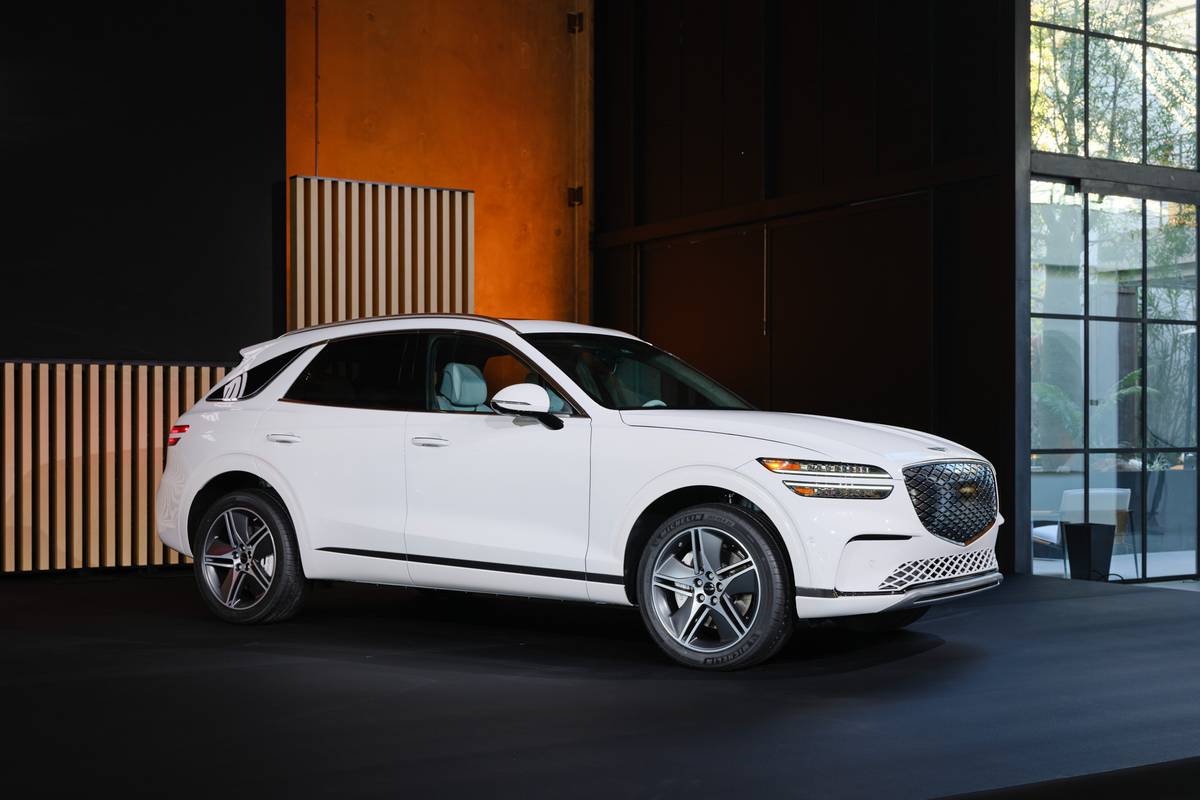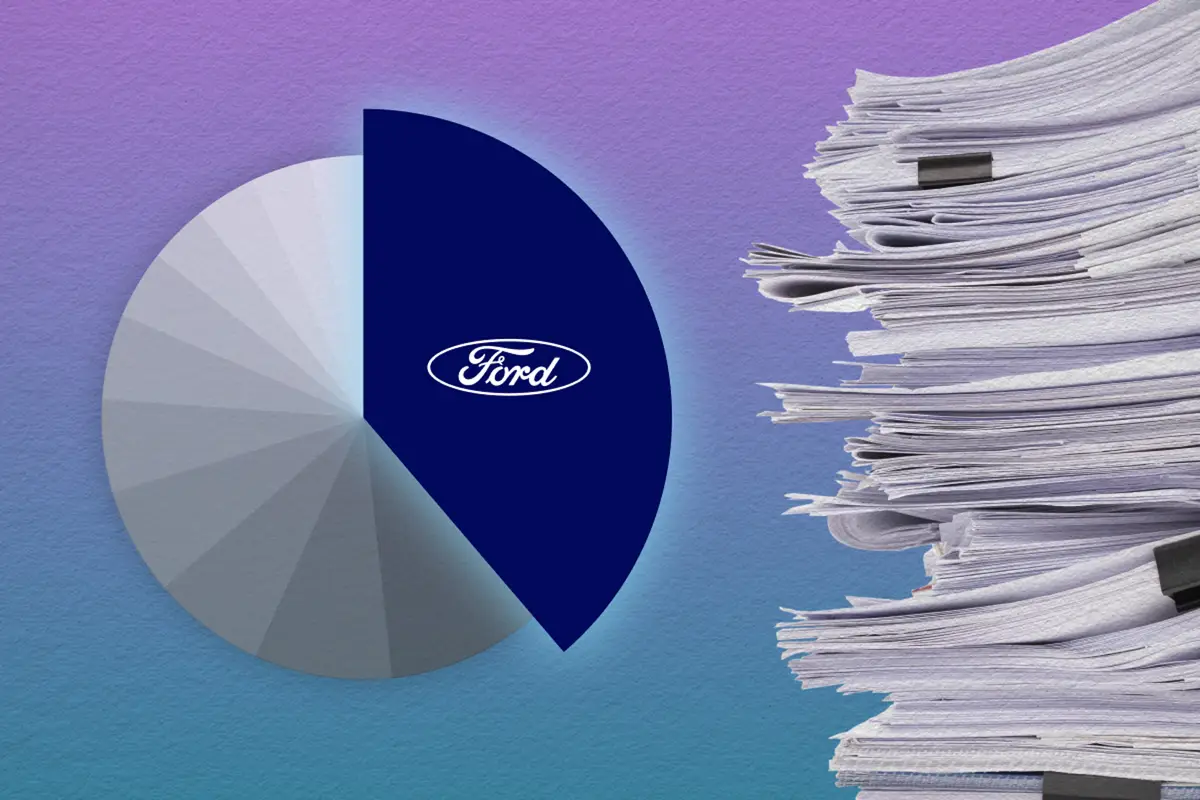Orlando Sentinel's view
The Ford Festiva is the perfect car for these times of economic uncertainty and skyrocketing gasoline prices.
That’s not to say that the Festiva is perfect – it isn’t – but even if you loaded it with every option available you’d have a hard time spending more than $10,000 and you’d get about 38 miles per gallon.
Its low price and high gas mileage are what you expect in a small car – but the Festiva hatchback also gives you plenty of cargo room. However the Festiva’s most pleasing feature is its snappy 1.3-liter engine.
This car is built by Kia Motors of Korea and is imported by Ford. Since its 1987 introduction more than 200,000 Festivas have been sold.
ENGINE, PERFORMANCE
Performance from the 63-horsepower, four-cylinder engine is excellent. The Festiva looks like just another small hatchback, but its performance probably will surprise you. It can go from 0 to 60 mph in less than 10 seconds.
The test car, an upgraded GL model, featured a five-speed manual transaxle. The smooth-running engine pulls strongly in first, second and third gears. Fourth and fifth gears are more for cruising than for passing. The problem with many small economy cars is that they lack the get-up-and-go necessary for merging onto busy interstates. But the Festiva can more than hold its own in this area.
The clutch is very light and the shifter is easy to use. However, there is room for some improvement. When downshifting from fifth to fourth gear, the driver must be careful to avoid reverse. More than once I heard a loud grinding noise from the gnashing of gears.
A three-speed automatic transmission is available, but performance would likely suffer a bit.
STEERING, HANDLING
The test car sported optional power steering, which added $259 to the price. This may be one item that you could do without unless you absolutely can’t live without power steering. The Festiva weighs only 1,785 pounds and shouldn’t be that hard to maneuver without the power added to the rack and pinion.
In any case, the power steering is nicely weighted and provides the right amount of assist so that the driver doesn’t have to work too hard when parallel parking and making other more strenuous maneuvers. With the engine sitting sideways driving the front wheels, most of the weight is up front. For those not used to driving a car configured this way, it does take some getting used to. Hard braking in a turn will cause the rear wheels to lose some of their traction.
After driving the Festiva for a while, you learn the car’s limits and capabilities, and its handling traits can be used to enhance the performance of the car if you want to drive it hard. The one improvement I’d like to see is a fatter set of tires with better grip. The power of the engine easily can overwhelm the tires’ ability to grab the pavement.
The Festiva gets high marks for its power-assisted disc/drum brakes, which do a good job of bringing the car to a stop.
FIT, FINISH, CONTROLS
The front bucket seats are comfortable and give a surprising amount of support for an economy car. The real surprise, however, is in the rear. Two passengers have ample foot-, leg-and headroom. At 55.3 inches, the Festiva has a high roof-line. It holds 26.5 cubic feet of cargo, according to the EPA.
The dash is a monument to simplicity. Two stalks control most of the car’s vital functions. There’s a switch on the dash for the rear windshield wiper/washer (a nice addition) and a switch for the rear defroster. Other than those switches, the only other controls are for the radio and for air conditioning.
The air conditioner took little power away from the engine and its effect on fuel economy was negligible. Engines with low horsepower can be very sluggish when saddled with items like power steering and air conditioning – not this one. It always ran smoothly, even when the air conditioner cycledo and off.
The AM/FM stereoradio – minus a cassette player – was excellent. Though the Festiva is Ford’s entry-level car, you still get a radio with seek and scan and six presets.
The test car was painted a metallic blue. The seats were covered with blue-gray cloth. For the money, the car’s energetic performance and its stingy appetite for regular unleaded make it the right car for the times for those on a tight budget.
Latest news



